How Hot Dogs Became Norway’s National Snack
Whether wrapped in flatbread, made with reindeer, or gone gourmet, Norwegians love them.
My American boyfriend is shocked. “Are you actually going to eat an airport hot dog?” he asks. We’re sitting in a small Norwegian airport on our way back home to London, and I’ve just spotted the snack stand with rollers of sleek brown dogs, grilled buns, and a whole bar of ketchups and mustards.
“It will be good, trust me,” I say, ordering two.
In Norway, hot dogs are universally great. Sports events, gas stations, convenience stores, festivals, and kids’ birthday parties serve them. People put them in thermoses and bring them on hikes in the woods. At weddings, they’re the midnight snack of choice. On May 17, Norway’s national day, the country’s 5.4 million people celebrated by eating an estimated 13 million hot dogs.
Norwegians have a long history of loving sausage. The sausages of the Viking tradition—called kjeleormer (kettle worms) for how they coiled in the pot—eventually evolved into Norway’s Christmas sausage. But the pride of the Norwegian gas station stems from their import to the Nordic countries following World War II.
Pølse med brød—directly translated as sausage with bread—is the Norwegian version of an American-style hot dog. “American fast food came to Norway in full force in the 1950s, bringing us hot dogs and soft serve. We were so grateful for Americans’ help during and after the war—everything American was fashionable,” says Annechen Bahr Bugge, food researcher at Consumption Research Norway (SIFO). Young people especially enjoyed hot dogs, and they quickly became part of local culinary culture. Today, six out of ten Norwegians eat a hot dog at least once a month.
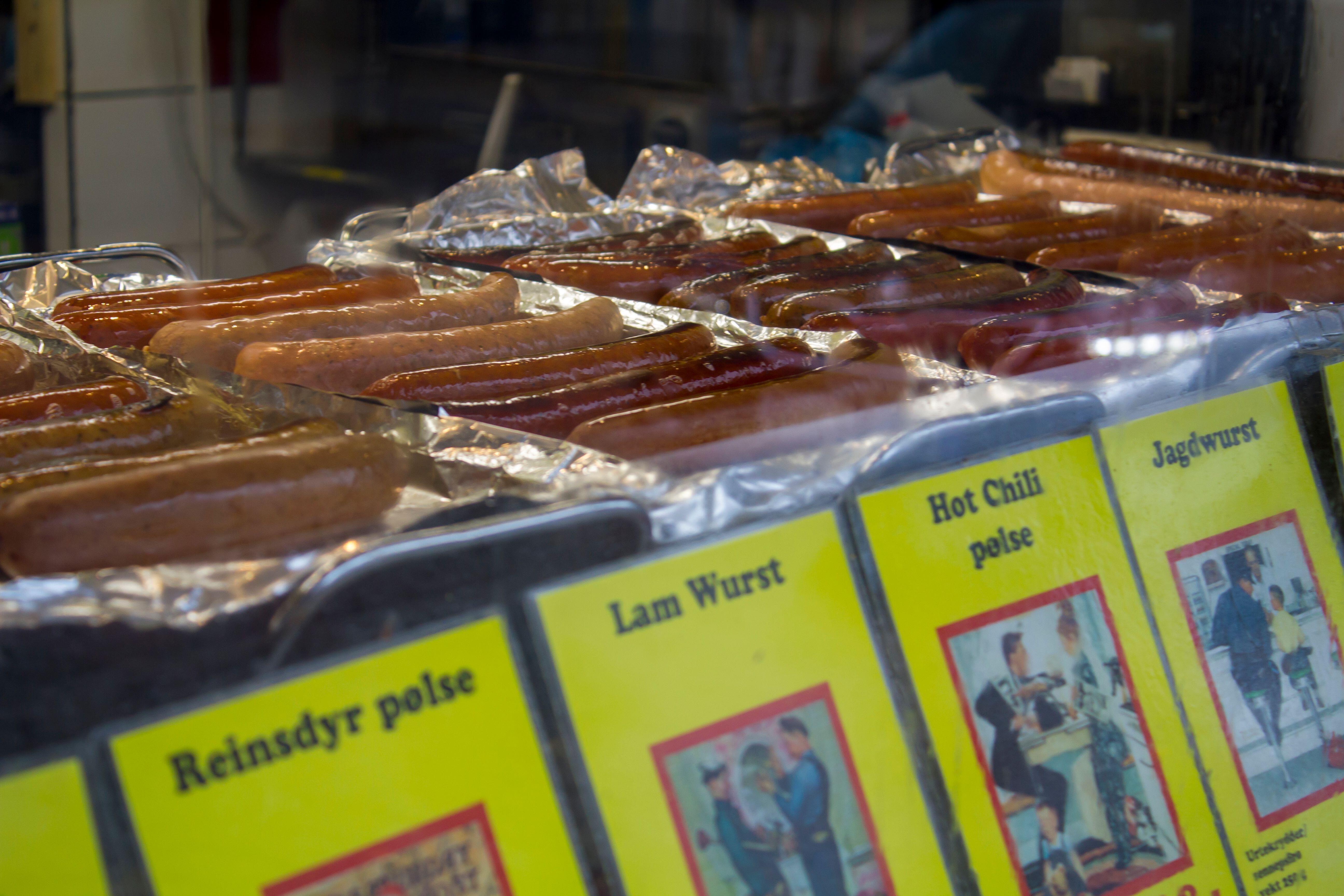
Norwegians also like pølse i lompe, where a tortilla-style soft bread made with potato flour (similar to what Norwegian-Americans call lefsa) is rolled around the sausage. “Cultural food exchanges across borders are common, and when we get foreign dishes we “Norwegianize” them, using our own resources,” says Bahr Bugge.
This adjustment has also gone the other way. The Syttende Mai committee in Spring Grove, Minnesota’s first Norwegian settlement, serves hot dogs Norwegian-style at its yearly May 17 celebration. “We offer hot dogs wrapped in lefsa with all the toppings, except our potato salad is on the side,” says treasurer Rennae Collins, referring to the requisite ketchup, mustard, and onions. In Norway, potato or shrimp salad is also a valid topping option.
Within Norway itself, there are regional hot dog preferences. Around Oslo, people prefer Wiener sausage, popular for the knekk (an audible snap) as you bite into it. In western and central Norway, people prefer the “grill” sausage, a smoother, American-style dog. Increasingly you can also get chicken- or plant-based dogs, as well as innovations on the traditional pork sausage, such as cheese, chili, onion, and the very popular bacon-wrapped dog.
A more health-conscious public means the quality of Norwegian hot dogs has risen in recent years, and they now usually contain at least 50% meat and no more than 20% fat. “A good hot dog has an aromatic meat flavor, is juicy, has a good consistency, and correct chew,” says Hennie Rydfjord, senior marketing manager at Scandza, which owns the Leiv Vidar and Finsbråten sausage brands.
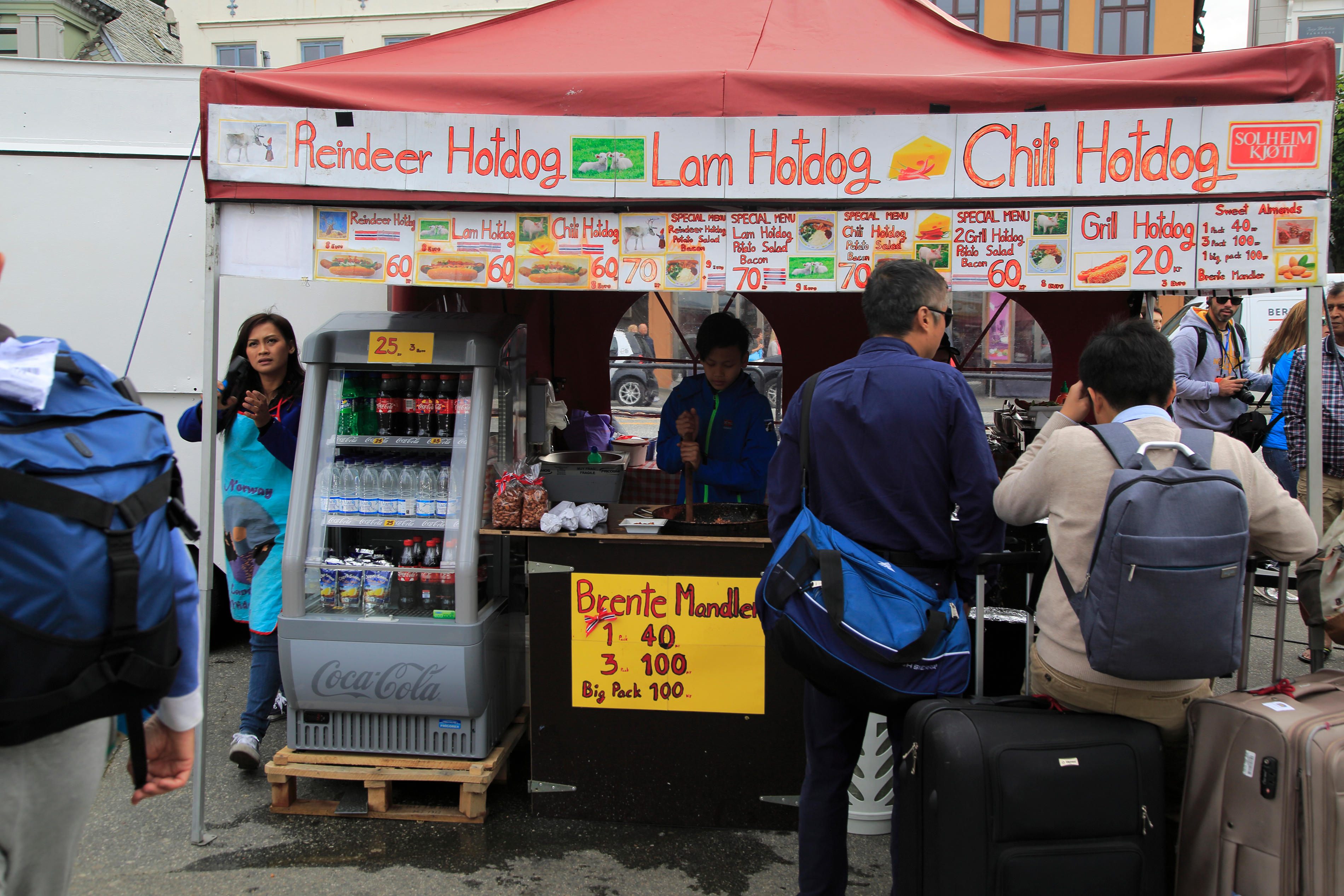
The ubiquitousness of gas station hot dogs stems from a business decision by Arne Vidar, son of founder Leiv Vidar himself, back in the 1980s. “Leiv Vidar takes gas stations seriously. We run a sausage school for staff at the stations, and we follow up closely to make sure they always serve the best hot dogs, prepared perfectly so they’ll have the right core temperature at the time of eating,” says Rydfjord.
Hot dog training is also provided to staff at 7-Eleven Norway and Narvesen, Norway’s largest convenience store chain. Lene Løchen-Jensen, head of food at Reitan Convenience which owns the two brands, explains that innovation is rife in the hot dog market. Novelty dogs in recent years have included crocodile and ostrich. “But the classics are always the biggest sellers,” says Løchen-Jensen. Convenience stores now also serve pizza slices, panini and burgers, but old habits die hard, she says. “Hot dogs are still the biggest of the hot food offerings at Narvesen.”
While a cheeky airport dog on my way home to London is my main source of Norway’s national snack these days, my strongest memories of hot dogs are of childhood birthday parties, and of May 17 celebrations where the supply is limitless. It’s hard to beat roasting your own sausage over a fire, built after a leisurely walk across the snow on skis at Easter. “Hot dogs are about childhood, voluntary work, feasts and gatherings, and trips in the woods—things that are important to our identity as Norwegians. [This way,] children are socialized into a hot dog culture from an early age,” says Anne Zondag, analyst at the Norwegian Egg and Meat Council.

But hot dogs aren’t exactly health food. “A hot dog at a gas station instead of dinner is considered low-culture, and a threat to good eating habits,” notes Bahr Bugge. Nevertheless, one chef has embraced the hot dog’s lowbrow reputation. Reneé Fagerhøi’s restaurant Bula Bistro, in Trondheim, serves an exquisite version of the gas station hot dog, consisting of a blood sausage with warming spices on a potato-and-rye lompe.
As Fagerhøi’s restaurant is all about reimagining what she calls “trashy foods,” I ask her if she thinks a gas station hot dog is “good” food. “If we’re talking about the quality of ingredients then no, it’s not,” she says. “But if you want a typical Norwegian food experience, a hot dog in lompe with shrimp salad is about as Norwegian as it gets.”
Especially now that you can also get gluten-free, halal, and vegan options, there’s a sausage for everyone, adds Zondag. “Hot dogs are seen as tasty, simple, and something everyone likes,” she says. “In this way, they’re also democratic.”
Gastro Obscura covers the world’s most wondrous food and drink.
Sign up for our regular newsletter.



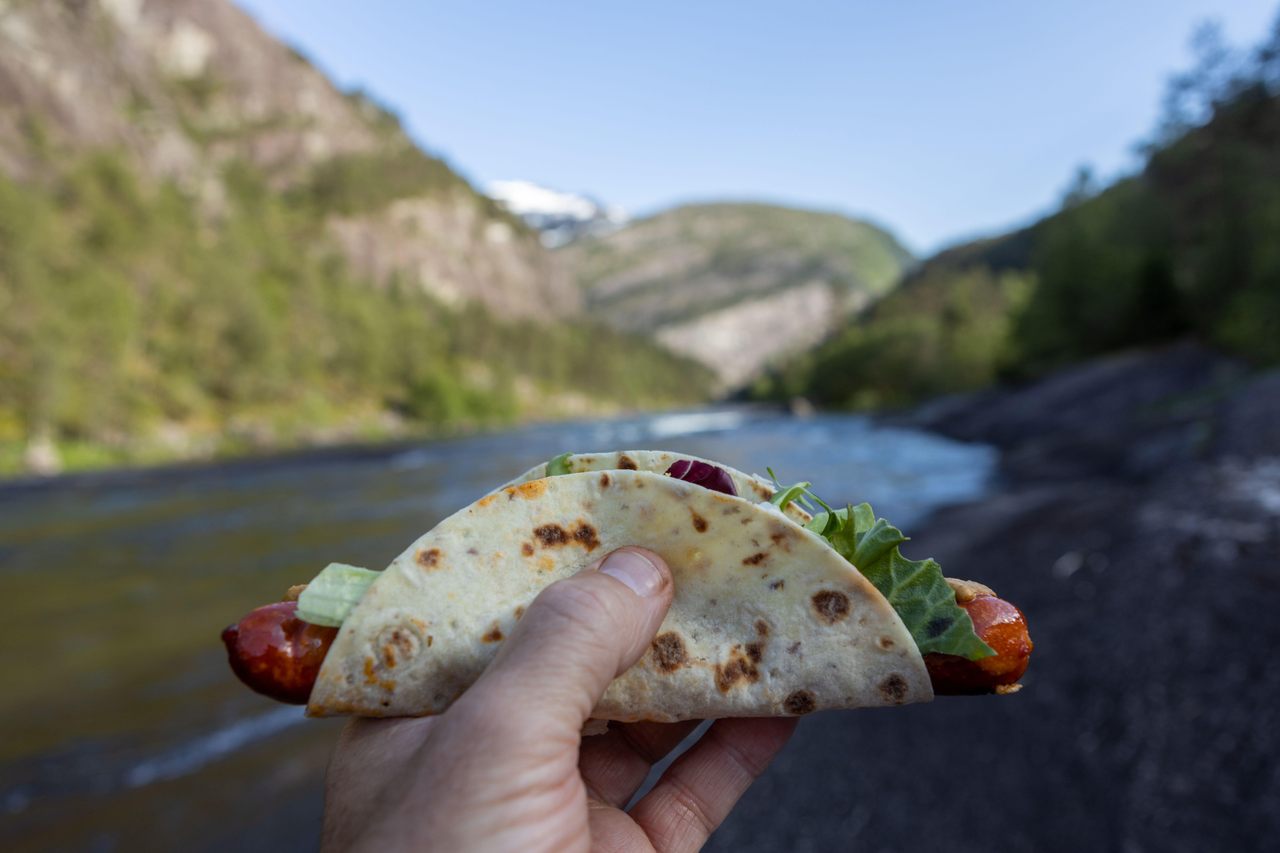


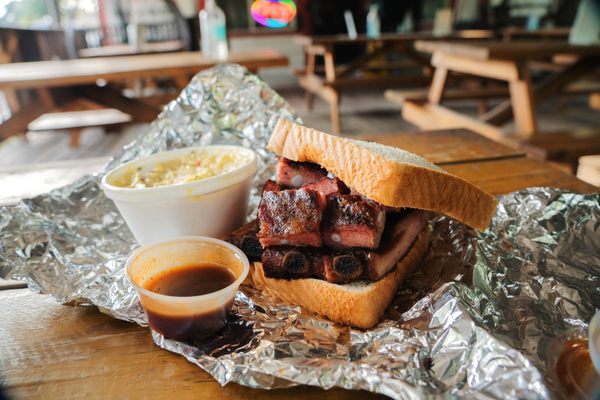


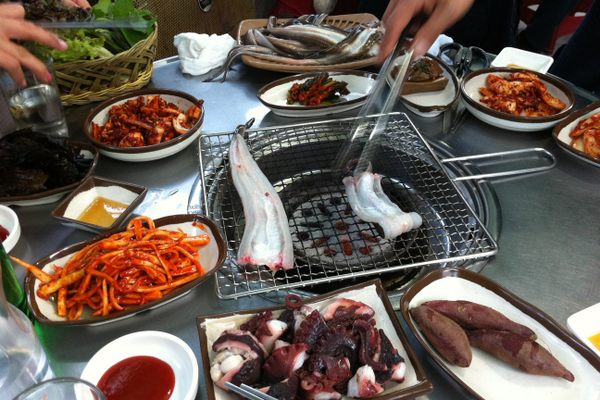












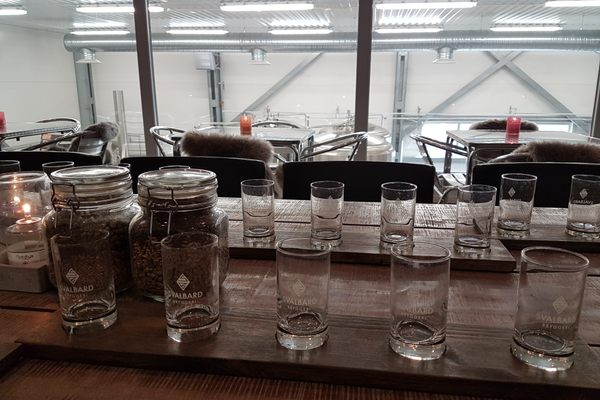



Follow us on Twitter to get the latest on the world's hidden wonders.
Like us on Facebook to get the latest on the world's hidden wonders.
Follow us on Twitter Like us on Facebook